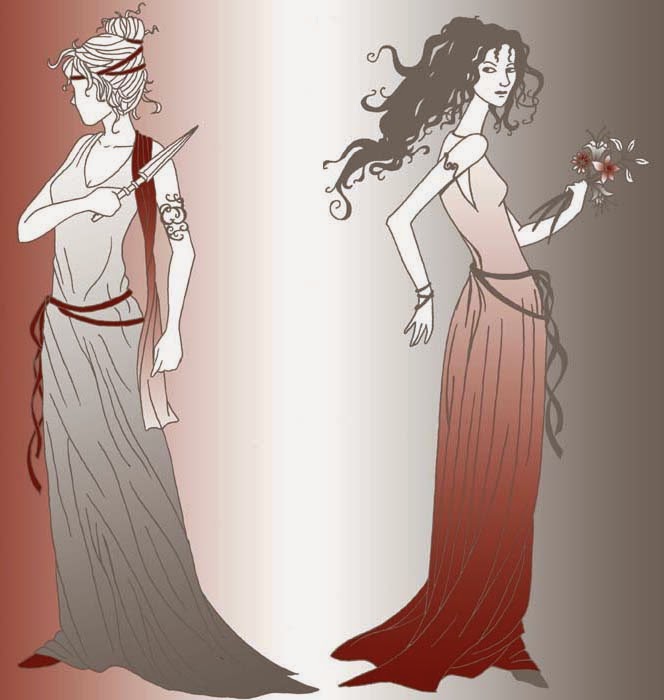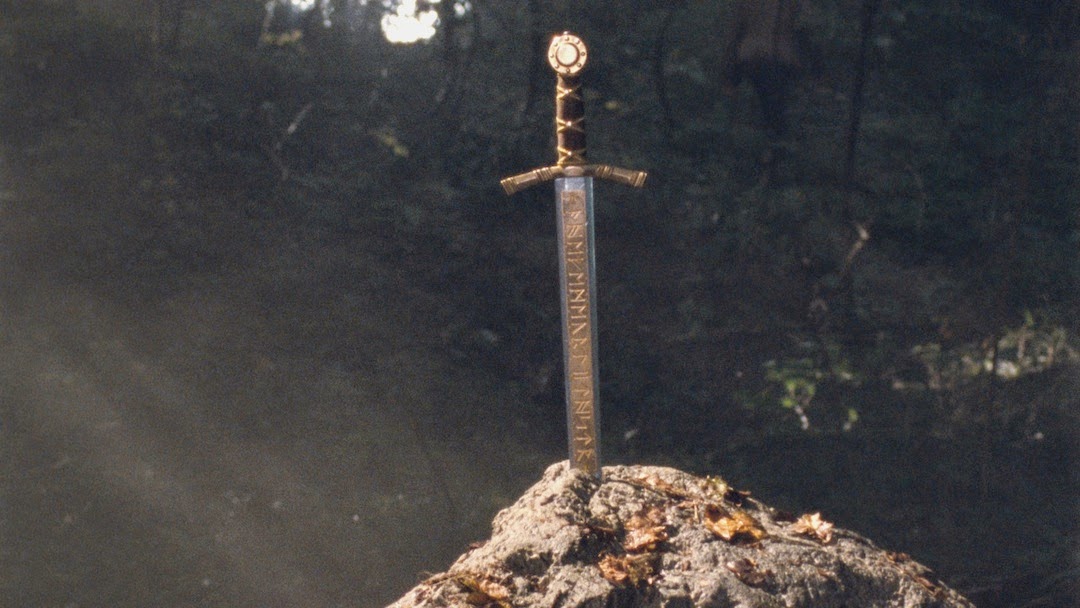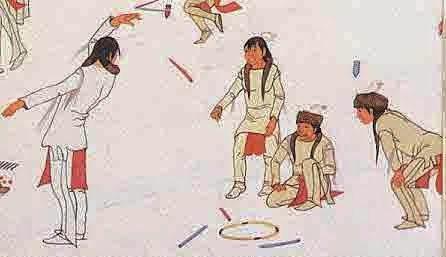There once was a king who owned most of the gold in the world. King Midas amounts of gold. As kings do, he had a son. His son grew up with everything he could ever want: gold, jewels, women, you name it. One day, he grew bored of living his lavish lifestyle. He had heard of someone called Misery, so he set out to find it.
Along the way, he never ran out of money. He spent and spent, but his money never seemed to reach an end. So he didn't know what it was like to be truly miserable, and meet the dreaded Misery.
He did for months, and eventually his money was almost gone. He could barely buy food, and he thought about going back to his father.
"No, I can't go back yet," he thought. "I haven't met Misery, and that's the whole reason I went on this journey."
So he travelled on, until finally all he had was the clothes on his back. He walked the streets, and because he was the king's son, they often helped him out. They gave him food and shelter in hopes of gaining good graces with the king. With all the help he got, the king's son still had not met Misery.
One day, he decided to leave the boundaries of his father's lands. He walked through the desert for many days until he thought he couldn't go any further. His mouth was dry, he hadn't eaten, and his skin was burned from the beating sun. A figure showed up in the distance and was walking towards him. Surely this was someone coming to help him!
"You there! Can you help me?" the prince yelled out. But he got no reply, even though the figure was still moving towards him.
After what seemed like forever, the figure became clear. It wasn't quite human, but at the same time had very human-like features. It wore a tattered gray cloak, with worn boots and a hood that shielded its eyes from the burning sun. Its hands were twisted in gruesome positions. The prince knew immediately that it was Misery.
Not quite what Misery was wearing, but close enough.
"You must be Misery," he said to the creature. "Is this what it takes to be miserable? Is this what people go through every day for you to be in their lives?"
Misery silently nodded, his eyes still hidden behind his hood.
After all his time in the palace living lavishly, the prince had a change of heart.
"Let me travel with you. You bring sadness and despair to people across the world. But I have the resources to bring joy and hope. Please, say I can do this," the prince pleaded.
Again, Misery nodded his head. It was settled. The prince would become Misery's companion, his antithesis, Hope.
The prince gathered all his strength, and began his journey to the palace. When he got there, he explained to his father what his plan was. He asked for his inheritance, and any other valuable possessions the king could spare. The king gave him enough gold and jewels to last him a few lifetimes over.
He hugged his father, and left with Misery. He was dressed in simple clothes, enough to blend in and not seem out of place with Misery.
They travelled throughout the world. Misery found the people in the darkest of times. He found those who were poor, hungry and without homes. Wherever Misery went, so too went the prince -- Hope. Hope gave these people money for whatever they needed. In their times of sadness, he brought them joy.
The moral of the story is this: wherever there is Misery, Hope can always be found close behind.
Author's Note: I chose to do the story
The Man Who Met Misery from the
Czech Folktales unit. In it, the prince meets Misery, then goes home back to his lavish lifestyle. He also loses a finger to a giant, which I won't explain too in depth! I wanted to reflect a change in attitude within the prince. I also thought I could give Misery a more human portrayal so the story would flow better.
Bibliography:
The Key of Gold: Czech Folk Tales by Josef Baudis (1922).







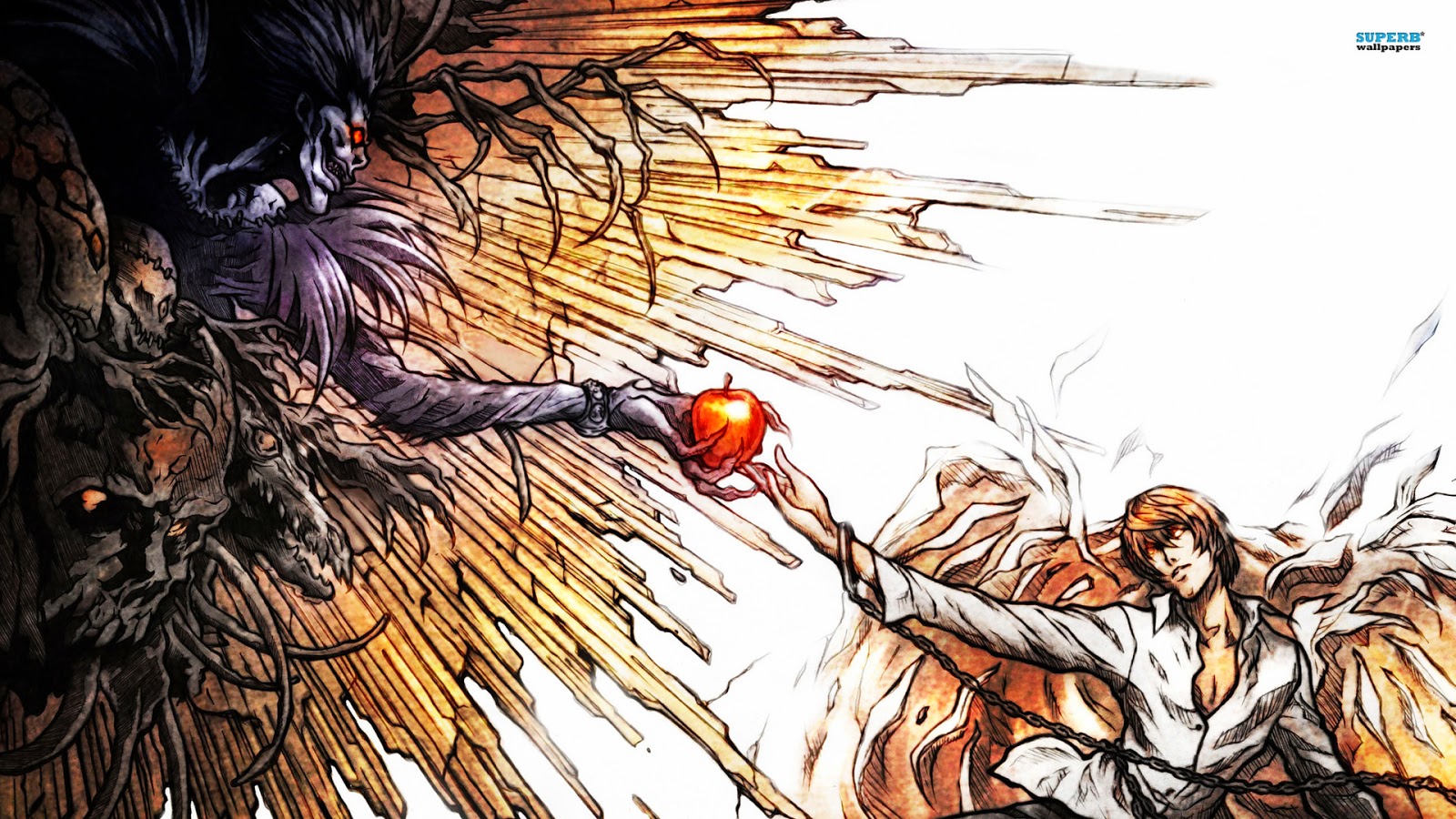
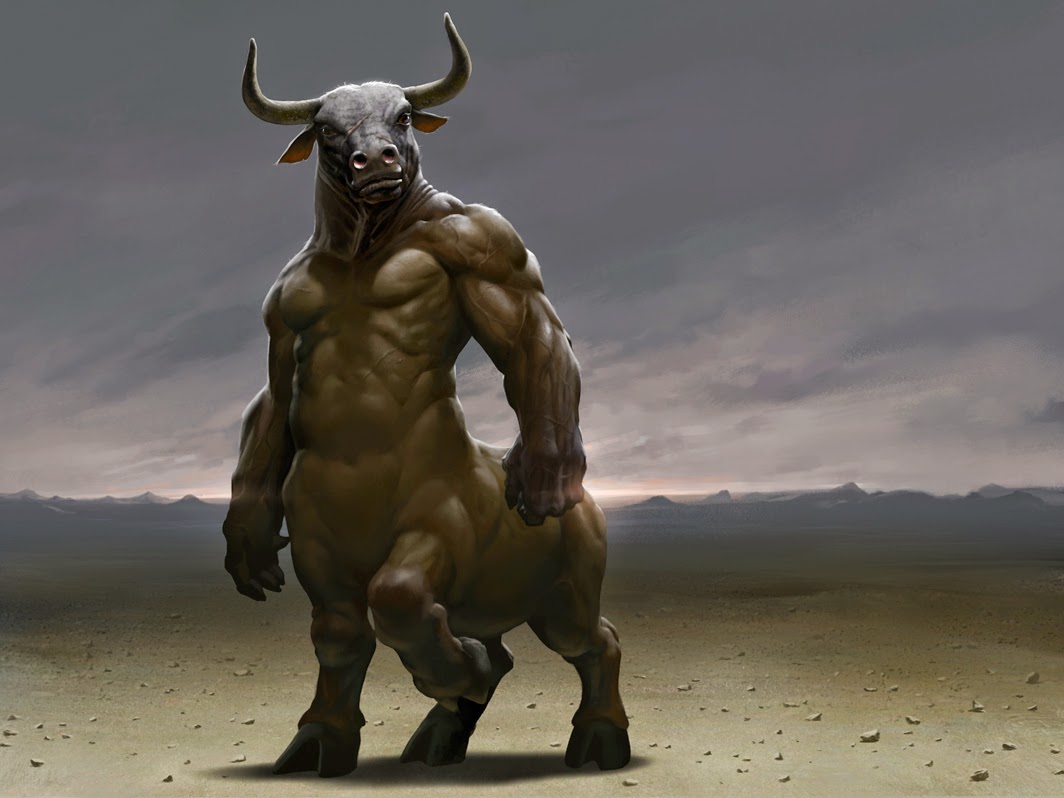


.jpg)
